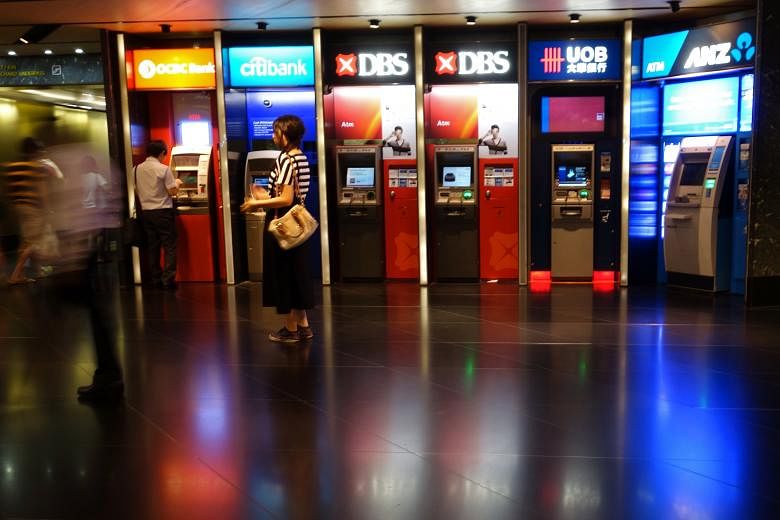Financial market volatility, declining earnings, high capital spending and rising debt pose more credit risks for regional companies than China's slowdown, according to rating agency Standard & Poor's (S&P).
While China's economic slowdown is taking a toll on investor sentiment towards emerging markets, it has only limited direct impact on credit quality, it noted.
"The stability of credit profiles of South-east Asian corporates hinges increasingly on the availability of financing," S&P credit analyst Michael Seewald said.
"Given the recent depreciation of regional currencies, the robustness of financing conditions in the region becomes more uncertain.
"In all, the region's corporates could face rising financing costs and some liquidity stress in 2016, although the rest of 2015 looks fine."
South-east Asian banks have relatively stronger credit profiles now compared with the period before the Asian financial crisis even as they face increasing risks from slowing global growth and a build-up in credit, Fitch Ratings said.
But vulnerabilities have risen, said Mr Andrew Colquhoun, Fitch's head of Asia-Pacific Sovereigns. "Global trade volumes have recovered much more slowly than in previous US recoveries, contributing to weak emerging market growth.
"High private-sector debt levels in many countries, including Thailand, are a drag on domestic demand. Investor sentiment towards emerging markets has worsened as the US Federal Reserve prepares to raise US interest rates," he said.
Meanwhile, Singapore banks have not seen any systemic risk in their portfolios yet despite a recent share correction due to fears of their commodities exposure, said Nomura Research analyst Jaj Singh.
Nonetheless, their "strong balance sheets, sustainable dividends and benefits from rising interest rates will position them to withstand the current economic headwinds", he added.
While the commodities exposure ranges from 8 per cent to 17 per cent of loans, the risk is much lower because these loans include trade finance loans, which are collateralised, he said.
Local banks are also mostly involved in funding the transport of commodities rather than ownership. Even though commodity prices have been falling for more than a year, the banks have been monitoring their exposure.
Commodity-related trade finance loans at DBS are down 16 per cent year on year due to "deliberate de-risking", said Mr Singh.
Local banks are expecting overall non-performing loans to increase but believe these are unlikely to hit levels seen during the global financial crisis.
OCBC's domestic loan growth is seen "flat to negative and unlikely to improve with GDP growth around 2-3 per cent", noted Mr Singh.
Potential capital controls and other challenges in Malaysia have tempered the bank's loan growth there. "If Malaysia was to impose capital controls, the financial reporting of its Malaysian operations would be affected," he added. China's slowdown isn't expected to hit OCBC's portfolio too hard because it is involved in funding Chinese company activity outside of China.


